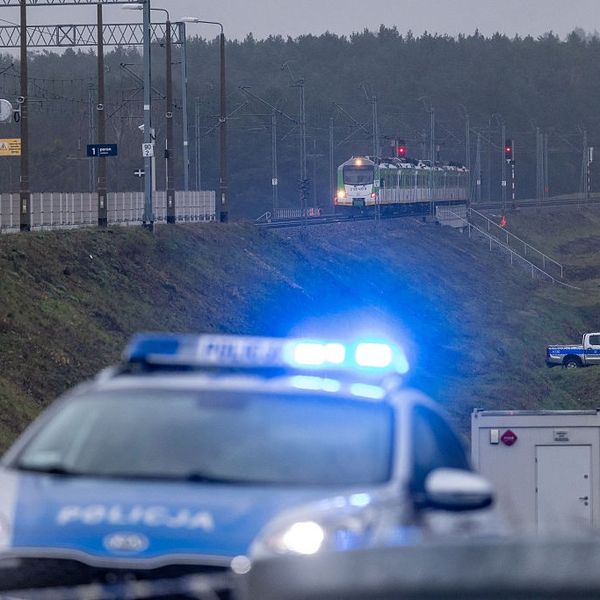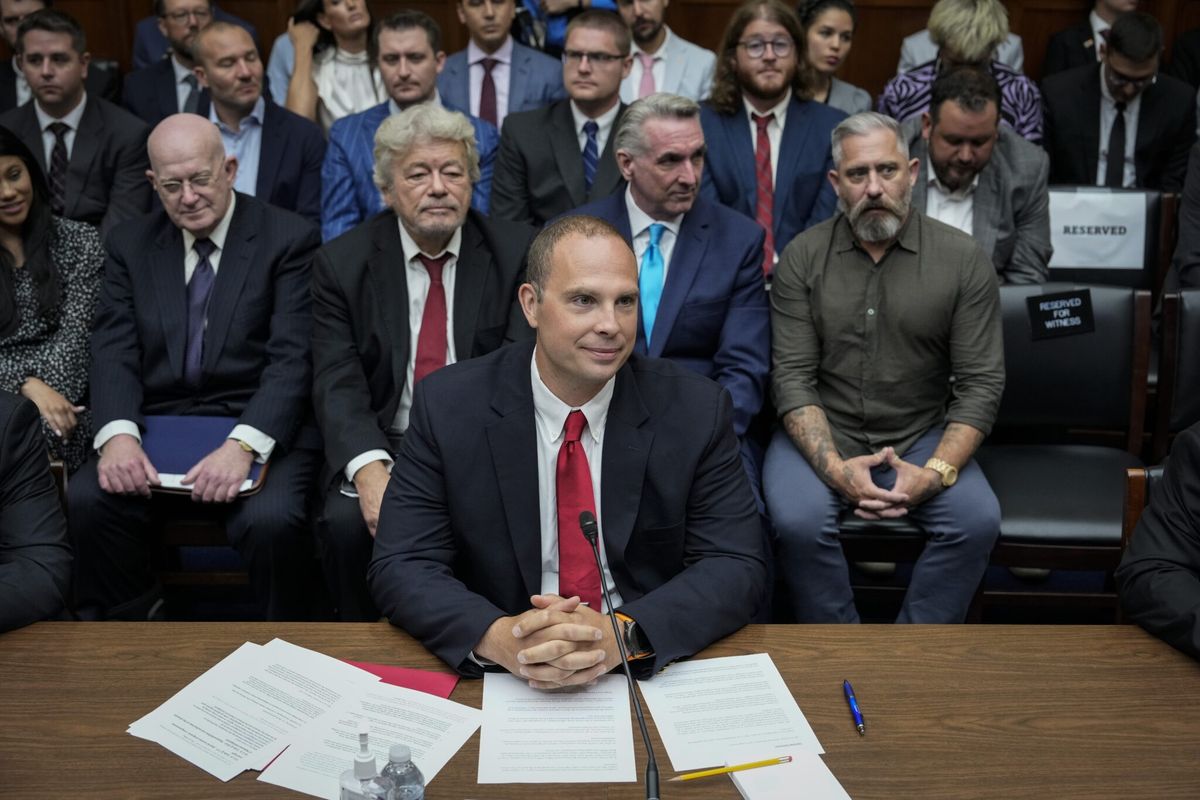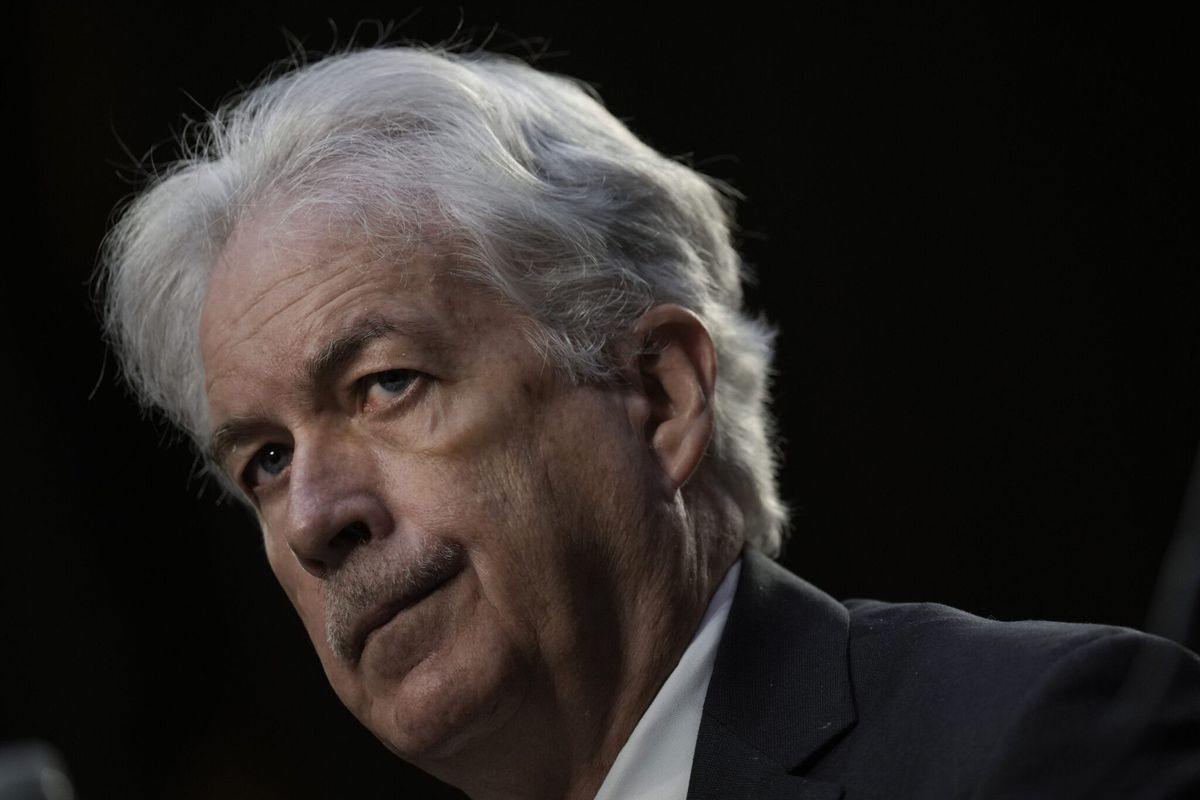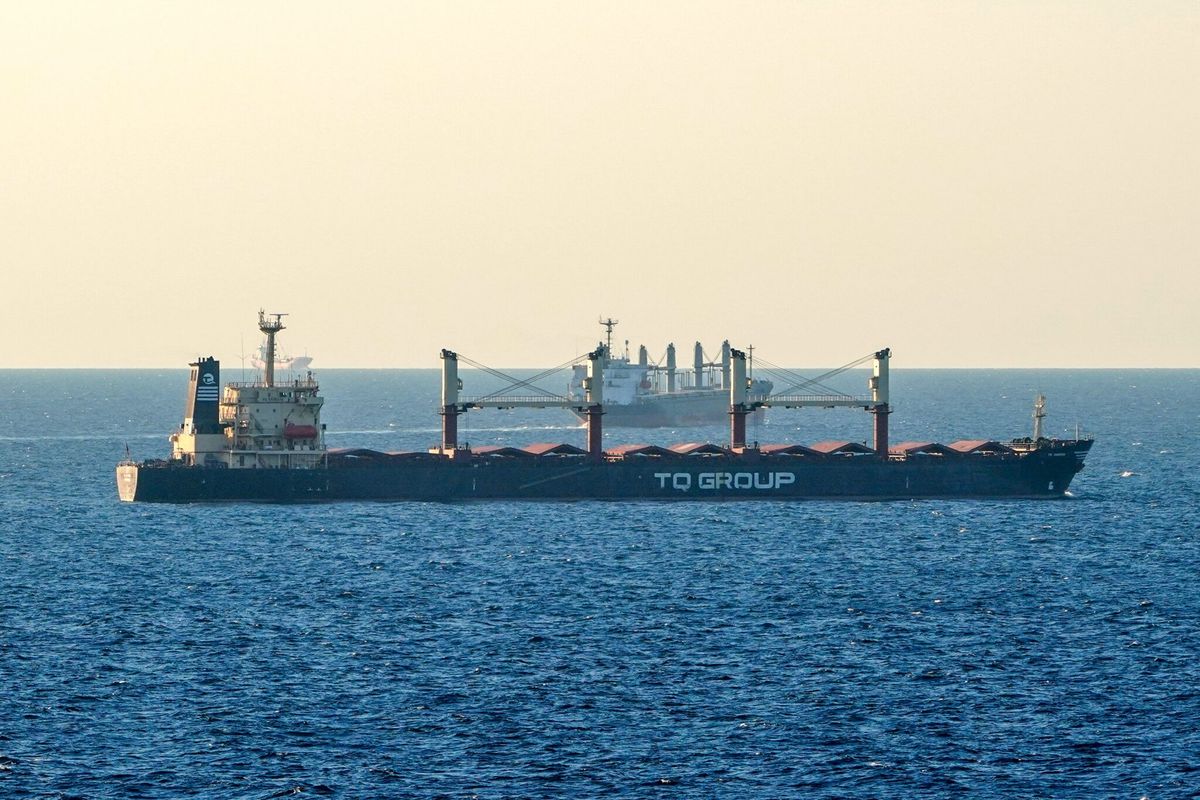OPINION — A major buildup of U.S. and NATO fighting units and equipment has taken place in Eastern Europe and the Baltic nations, while most public focus has been on the U.S. and other countries supplying weapons and logistic support to Ukraine, according to testimony last Wednesday before the House Armed Services Committee.
Gen. Christopher G. Cavoli, Supreme Allied Commander Europe and U.S. Army Europe Commander, told the committee the U.S. has “right now just shy of 20,000 service personnel who are not normally stationed in Europe.” That puts the total American military forces in Europe at 82,000, plus an additional roughly 18,000 Defense Department civilian personnel, Cavoli said.
The U.S. Army has moved a forward-deployed V Corps Headquarters (formerly known as 5th Corps) to Poznan, Poland and newly-named Camp Kosciuszko which honors a Pole who in 1776 left his own country, became an officer in George Washington’s Continental Army, and built fortresses and military blockades which helped the U.S. win its war of independence.
The primary mission of the 200-person V Corps Poland-based headquarters (its traditional headquarters is at Fort Knox, Ky.) will be to conduct operational planning, training and command and control for U.S. and multi-national tactical units in Europe.
Cavoli said since the Russian invasion of Ukraine the U.S. has in Eastern Europe “two Division headquarters and we have five Brigade Teams forward – the vast majority of that force is postured forward specifically in Romania, Bulgaria, Hungary, a limited amount in Slovakia, a large amount in Poland and each of the three Baltic countries.” Specifically, more than 10,000 U.S. troops are now stationed in Poland.
It's not just for the President anymore. Are you getting your daily national security briefing? Subscriber+Members have exclusive access to the Open Source Collection Daily Brief, keeping you up to date on global events impacting national security. It pays to be a Subscriber+Member.
Other American units moved to bolster NATO’s Eastern Flank were some forces that were already in Europe. Those included Air Force F-35 strike fighters in Germany that were sent to Lithuania; an airborne infantry battalion from Italy to Latvia; elements of a Stryker Brigade Combat Team from Germany dispersed to Romania, Bulgaria, and Hungary; Patriot anti-air batteries from Germany to Slovakia and Poland; and F-15 fighters from the U.K. to Poland.
The U.S. buildup in part reflects decisions made at the June 2022 NATO Summit in Madrid when, based on the Russian invasion, it was decided to increase allied readiness forces to over 300,000. Under the NATO force model projection plan adopted in Madrid, over 100,000 troops were to be available within 10 days of potential need; another 200,000 within 30 days; and up to 500,000 within 180 days.
At Madrid, the NATO allies also agreed to add four multinational battle groups in addition to the four created in 2016 at the NATO Summit in Warsaw. Those first four NATO battle groups, each consisting of about 1,000 soldiers, were established in frontline states of Estonia, Latvia, Lithuania and Poland. They were set up to present Russian President Vladimir Putin with an enhanced NATO forward presence in the Baltic region and demonstrate determination and ability to act by triggering an immediate Allied response to any aggression.
While these initial nations involved, other than Poland, were relatively small, a major power served as leader of each battle group. In Estonia, the leader is the United Kingdom; in Latvia, it’s Canada; in Lithuania, it’s Germany; and in Poland, it’s the U.S.
At Madrid, the four newer battle groups created were located in Bulgaria (led by Italy); Hungary (led by Hungary); Romania (led by France}; and Slovakia (led by Czechia). Together the eight battle groups extended NATO’s forward presence along the Alliance’s eastern flank – from the Baltic Sea in the north to the Black Sea in the south.
Cavoli also told the committee members that NATO had expanded air policing operations and air defense exercises, with the U.S continuing to build its force of F-35s at the United Kingdom’s RAF Lakenheath Air Base. The first of the long-planned U.S. F-35s based in Europe had arrived at Lakenheath in December 2021, and more have arrived since. At Madrid, President Biden committed to stationing two F-35 squadrons, consisting of 54 aircraft in the U.K.
Another Biden Madrid commitment, raising the number of U.S. destroyers stationed in Rota, Spain, from four to six, was approved by the Spanish Cabinet last January. The two added U.S. destroyers, with 300 crew members each, are expected to arrive at Rota in 2024 and 2025, according to the Pentagon.
Cavoli told the House members that among the early lessons learned from the Ukraine fighting was having available equipment and logistics to support NATO forces.
Last month, NATO opened in Powidz, Poland, a $182 million Long Term Equipment Storage and Maintenance – Complex that eventually will consist of seven gigantic warehouses, contain 12 maintenance bays and a railhead. The complex, which is described as NATO’s single biggest infrastructure investment in more than 30 years, will be capable of handling 2,700 pieces of heavy equipment from tanks to Bradley Fighting Vehicles — essentially a U.S. armored brigade combat team’s worth of combat-ready military equipment.
In a broader sense, Cavoli pointed out that “Poland is a critical Ally in deterring and responding to Russian aggression.” He noted that “Poland has annually increased its defense budget and is undertaking a significant modernization program.” Warsaw, whose defense budget this year is 4 percent of its GDP, is buying Abrams tanks, Patriot air defenses, and F-35s, along with providing infrastructure and logistic support as pointed out above.
It pays to be a Subscriber+Member with exclusive access to virtual briefings with leading experts and top officials in the national security and intelligence space.
Assistant Secretary of Defense for International Security Affairs Celeste Wallander, another witness at Wednesday’s House committee hearing, talked about preparations for the upcoming NATO Summit in July at Vilnius, Lithuania.
Wallander said work was underway on new NATO defense and warfighting plans in the wake of Putin’s aggressiveness. She described approval of these plans as “the most import aspect of the summit.” In coming months, she said, NATO Defense and Foreign Ministers will “agree on what kinds of resources, what kinds of capabilities and what kinds of defense spending are required to make sure that all of the NATO allies have the capabilities to resource those plans.”
At Vilnius, Wallander said, NATO “heads of state will endorse those appropriate resources in order to make those plans real and credible.”
At this hearing as at others, some legislators pointed out, as former-President Donald Trump regularly has done, that many NATO members were not meeting the alliance 2024 goal of that each member nation spend two percent of its nation’s GDP for defense. Gen. Cavoli pointed out that in 2014 when the goal was set, the average NATO nation’s defense spending was 1.4 percent. Since Russia’s invasion of Ukraine, Cavoli said the NATO membership “total average is 1.8 percent, not yet at the target but closing in on it.”
The Biden administration defense spending for 2023, according to the Congressional Budget Office, was 3.1 percent of estimated GDP.
That new NATO plan is based in part on the assumption that despite what seems like a standoff between Russian forces and a NATO-supported Ukraine, Putin remains a potential danger to Eastern European countries and in the long run Western Europe.
As is his responsibility, Gen. Cavoli noted, “Beyond its war of aggression in Ukraine, Russia also retains a military presence in 20 percent of Georgia’s sovereign territory, and in Moldova against the will of those states…Moldovan President Sandu called for the withdrawal of the 1,500 Russian so-called ‘peacekeepers’ in the Transnistria region who have been present on Moldovan land without consent or a United Nations mandate since 1990.”
In addition, Cavoli said Russian ground force still have substantial capability and capacity, and continue to possess the ability to regenerate their losses. Back in Russia, Putin has called for adding another 500,000 to his military forces.
Cavoli told the committee, “Russian ground forces have been degenerated somewhat by this conflict although it is bigger today than it was at the beginning of the conflict. The air force has lost very little, 80 planes, but they have another 1,000 fighters and fighter-bombers. The navy lost one ship.”
Meanwhile, Russia retains a stockpile of deployed and non-deployed nuclear weapons which Cavoli said, “present an existential threat to the U.S. Homeland, our Allies, and partners.”
More than one House member at last Wednesday’s hearing questioned whether funding the Russian threat in Europe has created a danger to meeting the Chinese potential threat to Taiwan.
Last year, Congress increased nuclear weapons funding to meet the threat of Russia and China being potential nuclear peers to the U.S.
I believe Congress will again increase the Biden administration’s fiscal 2024 Defense Department budget to meet the apparent conventional military threats from Russia and China.
The House Republican bill to limit spending to raise the debt limit, approved by the House last Wednesday, did not affect Defense spending. According to The Associated Press analysis, “it would roll back [non-Defense] spending to 2022 levels, and impose a 1% cap on future federal spending for the next decade, with likely exceptions for some Defense accounts.”
The Cipher Brief is committed to publishing a range of perspectives on national security issues submitted by deeply experienced national security professionals.
Opinions expressed are those of the author and do not represent the views or opinions of The Cipher Brief.
Have a perspective to share based on your experience in the national security field? Send it to Editor@thecipherbrief.com for publication consideration.Read more expert-driven national security insights, perspectives and analysis in The Cipher Brief because National Security is Everyone’s Business












